
Hello everyone, I am Xiaozao.
The first official 5G standard is about to be released, and I believe everyone is eagerly looking forward to it.
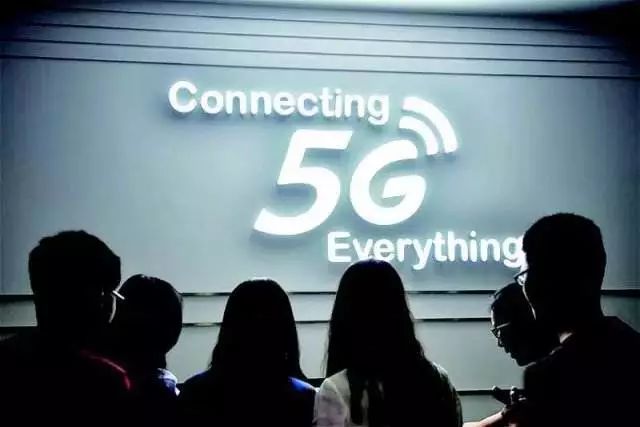
Previously, I introduced to everyone that back in December last year, we actually released a “half” 5G standard. That’s right, at that time it was the “Non-Standalone (NSA)” 5G standard.
What we are waiting for now is the “Standalone (SA)” 5G standard.

Regarding Non-Standalone and Standalone, NSA and SA, although everyone has heard them many times, few people can truly understand what they are all about.
Today, I will use the simplest language to comprehensively introduce both of them, hoping to help everyone thoroughly understand what they are all about.
Without further ado, let’s get started!
In Nanjing’s Confucius Temple, there is a restaurant owner named Xing Ye.

His restaurant is called Restaurant No. 4. The head chef is called Fat Four.

The restaurant has always been doing well, but as the business increases day by day, it has become overcrowded and cannot meet customer needs.

So, Xing Ye plans to expand his business.
However, expanding a business requires a lot of capital, and he cannot invest blindly. So, he thought of several expansion plans:
The first plan (Plan A) is to open a brand new restaurant. Rent a storefront and name it “Restaurant No. 5”, hiring a new chef named Fat Five.

This plan is the simplest and most direct, allowing the new chef to fully display his culinary skills.
However, this plan is also the most expensive. The costs are the highest.
The second plan (Plan B) is to open a brand new restaurant. Rent a storefront and name it “Restaurant No. 5”. However, instead of hiring a new chef, Fat Four will directly take care of both Restaurant No. 4 and Restaurant No. 5.
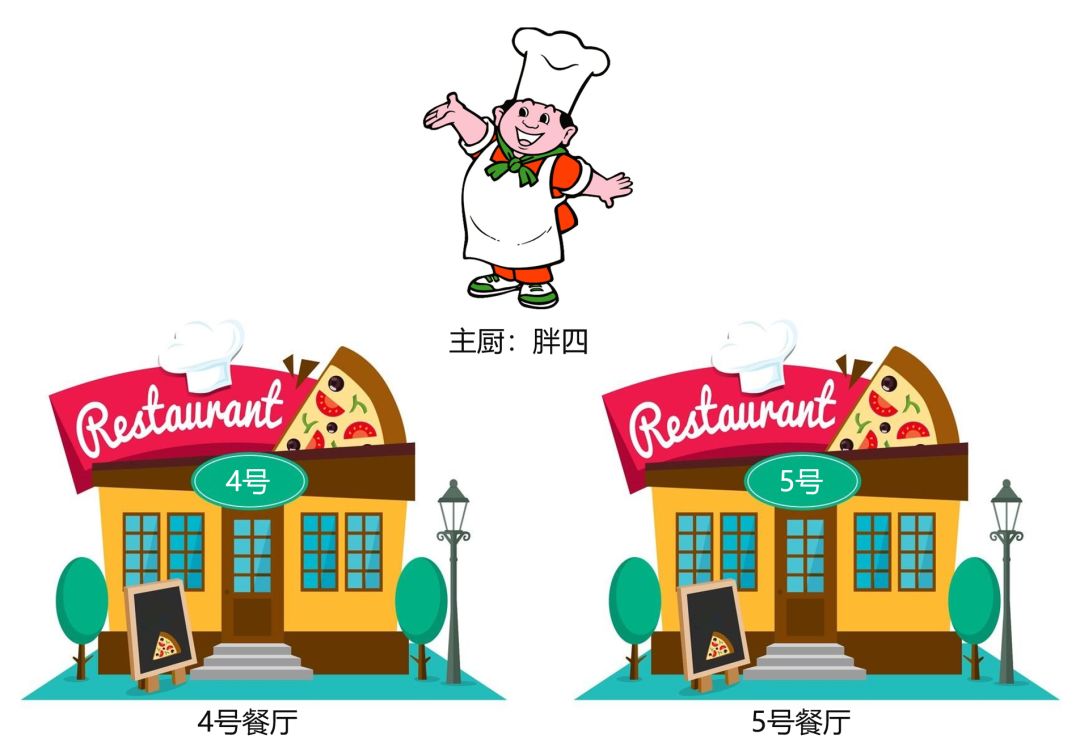
This plan, while saving money, is a bit troublesome and difficult to operate. The most troublesome part is that Fat Four may not be able to handle it all.
So, Xing Ye begins to struggle back and forth between the two plans…
Hmm, the smart communication enthusiasts must have guessed right away — the chef in the example represents the core network. The restaurant represents the base station. No. 4 represents 4G. No. 5 represents 5G.
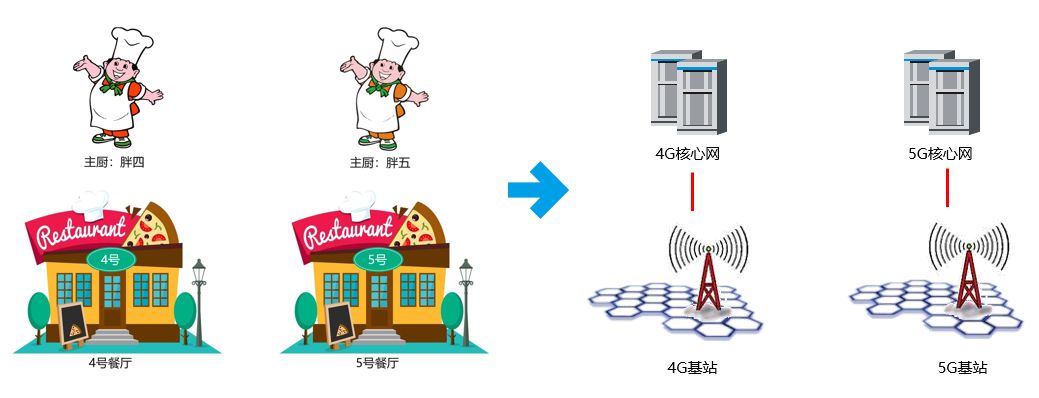
Plan A

Plan B
And I want to tell everyone that actually, Plan A in the story is the Standalone networking method. While Plan B is the Non-Standalone networking method. (Note that Standalone and Non-Standalone networking methods are divided into multiple types, and Plans A and B are each one of these types.)
In simple terms, the reason for the distinction between Standalone and Non-Standalone ultimately comes down to money.
If you are a wealthy tycoon, and you want to have a pure and perfect 5G network, providing users with the coolest experience, then it’s very simple: just build everything new at the same time using the Standalone networking method.
A brand new 5G core network + brand new 5G base stations, completely separated from 4G, will be a joy to build and maintain. Users will also enjoy it.

However, not all operators are tycoons. In order to allow everyone to gradually enjoy 5G, apart from the Standalone networking method, the 3GPP organization, pursuing a harmonious society, has also designed many Non-Standalone networking methods, equivalent to providing various levels of “packages”.
There are mainly 2 types of Standalone networking methods. How many types of Non-Standalone networking methods are there?
8 types…
The complexity of 5G networking is largely due to this Non-Standalone networking.
Take a look at the image below; it’s obvious that there are significantly more Non-Standalone networking methods than Standalone ones, right?
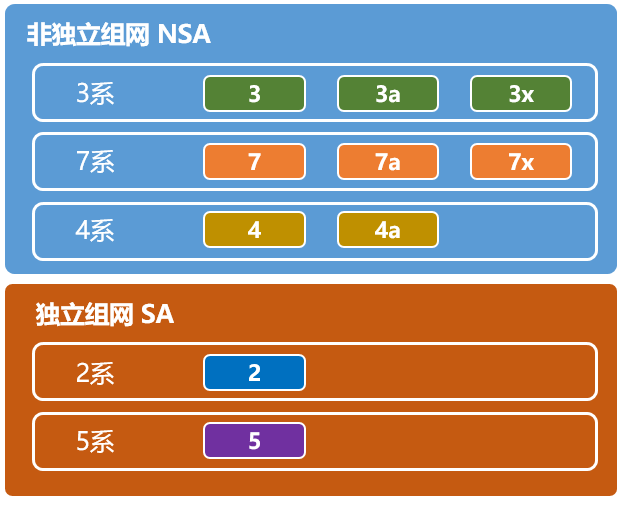
Each small box represents a type of networking method.
Let’s introduce them one by one, starting with the simpler ones.
The earlier mentioned Plan A, where both the core network and the base stations are completely new, corresponds to Option 2 networking method. Operators with sufficient financial resources or those starting from scratch will undoubtedly choose this plan.
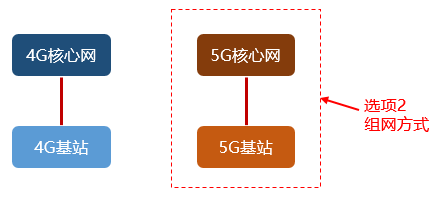
“Option 2” networking method

We tycoons are Option 2, no explanation needed
Or, you can upgrade the existing 4G base stations to become Enhanced 4G Base Stations. Then connect them to the 5G core network, which can save some money by utilizing existing resources.
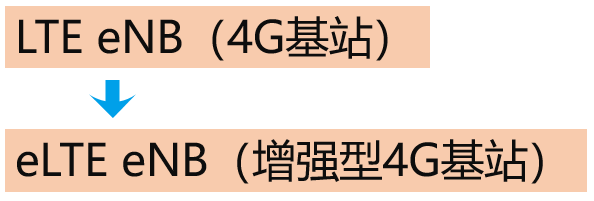
e stands for enhanced.
It’s a bit awkward here; it should actually be e (LTE eNB).

“Option 5” networking method
This plan is the “Option 5” networking method.
No matter what, Option 2 and Option 5 are both independently built networks, so they both belong to the “Standalone networking method”.
Standalone networking is straightforward. The real trouble lies with Non-Standalone networking.
Hmm, to maximize investment, to steadily promote network construction, for… we decide to adopt Non-Standalone networking (serious face.jpg).

I won’t tell you that it’s actually because we’re “poor”…
Calm down! Please think seriously — if you were Xing Ye and wanted to expand your business, would you hire a chef first? Or would you expand the storefront first?
I think most people would choose to expand the storefront first. Yes, that is, to build 5G base stations first.
Hard to understand? Not really, just look at those restaurants; if the inside is full, they just set up tables outside…

Provided the city management doesn’t give you trouble
Building 5G base stations first is indeed simpler. If I can’t afford a whole pack of cigarettes, I’ll just buy one! Save up slowly, build one, two, three… little by little.
On the other hand, the 5G core network (Fat Five the chef) is quite expensive; once hired, it needs to be supported, costing money.
This “4G core network + 4G/5G base stations” plan (which is also Xing Ye’s Plan B) is a typical “Option 3” networking method.

“Option 3” networking method, includes options 3, 3a, and 3x.
In the “Option 3” networking method, it references the LTE dual-connectivity architecture.
What is dual-connectivity architecture?
In LTE dual-connectivity architecture, the UE (User Equipment) can simultaneously use the wireless resources of at least two different base stations while in a connected state (divided into primary and secondary stations).
5G base stations cannot be directly connected to the 4G core network, so they will connect through 4G base stations to the 4G core network.
Because traditional 4G base stations have limited processing capabilities, they cannot support the “dragging” of 5G base stations, so hardware modifications are needed to turn them into Enhanced 4G Base Stations.
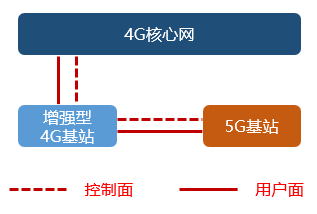
This networking method is “Option 3”.
Some operators, however, are unwilling to spend money to modify 4G base stations (after all, they are old equipment and will eventually be phased out). So, they thought of other ways.
The first method is to directly connect the User Plane of the 5G base station to the 4G core network, while the Control Plane continues to anchor on the 4G base station.
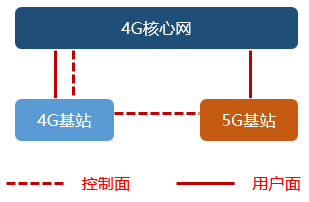
What is User Plane? What is Control Plane?
In simple terms, the User Plane refers to the actual data of the user, while the Control Plane refers to the commands for management and scheduling.
The method above is called “Option 3a”.
The second method is to divide the user plane data into two parts, migrating the part that would cause a bottleneck on the 4G base station to the 5G base station, while the remaining part continues through the 4G base station.

This method is called “Option 3x”.
Let’s put these three together for comparison:

Note that only “Option 3” is Enhanced 4G Base Station
3/3a/3x networking methods are currently the most favored by foreign operators for a simple reason:
1. They utilize existing 4G base stations, saving money.
2. They are quick and convenient to deploy, which helps rapidly push into the market and capture users.
Alright, although we think expanding the storefront first is better, there are indeed some owners who prefer to hire a chef first. That is, to build the 5G core network first. After all, many quality 5G experiences can only be realized based on the 5G core network.
Replacing the 4G core network in the “3 series” networking method with the 5G core network gives us the “7 series” networking method. Easy to remember, right?

It’s important to note that because the core network is a 5G core network, all 4G base stations in this method need to be upgraded to Enhanced 4G Base Stations.
Finally, let’s take a look at “Option 4”.
It’s actually very simple; in the “4 series” networking, 4G and 5G base stations share the 5G core network, with the 5G base station as the primary station and the 4G base station as the secondary station.
The only difference is that the user plane of Option 4 runs through the 5G base station, while Option 4a’s user plane connects directly to the 5G core network. As shown in the image below:

That’s the explanation of the networking methods. I wonder if everyone understands? 
Do you understand the key points? Let me highlight it — among so many series, the most important is the 3 series. Once you understand the 3 series, the other series will be easy to understand. In the future, when dealing with these, it is likely that you will be dealing with the 3 series and the 2 series the most.
Here’s a complete family photo for clearer understanding:
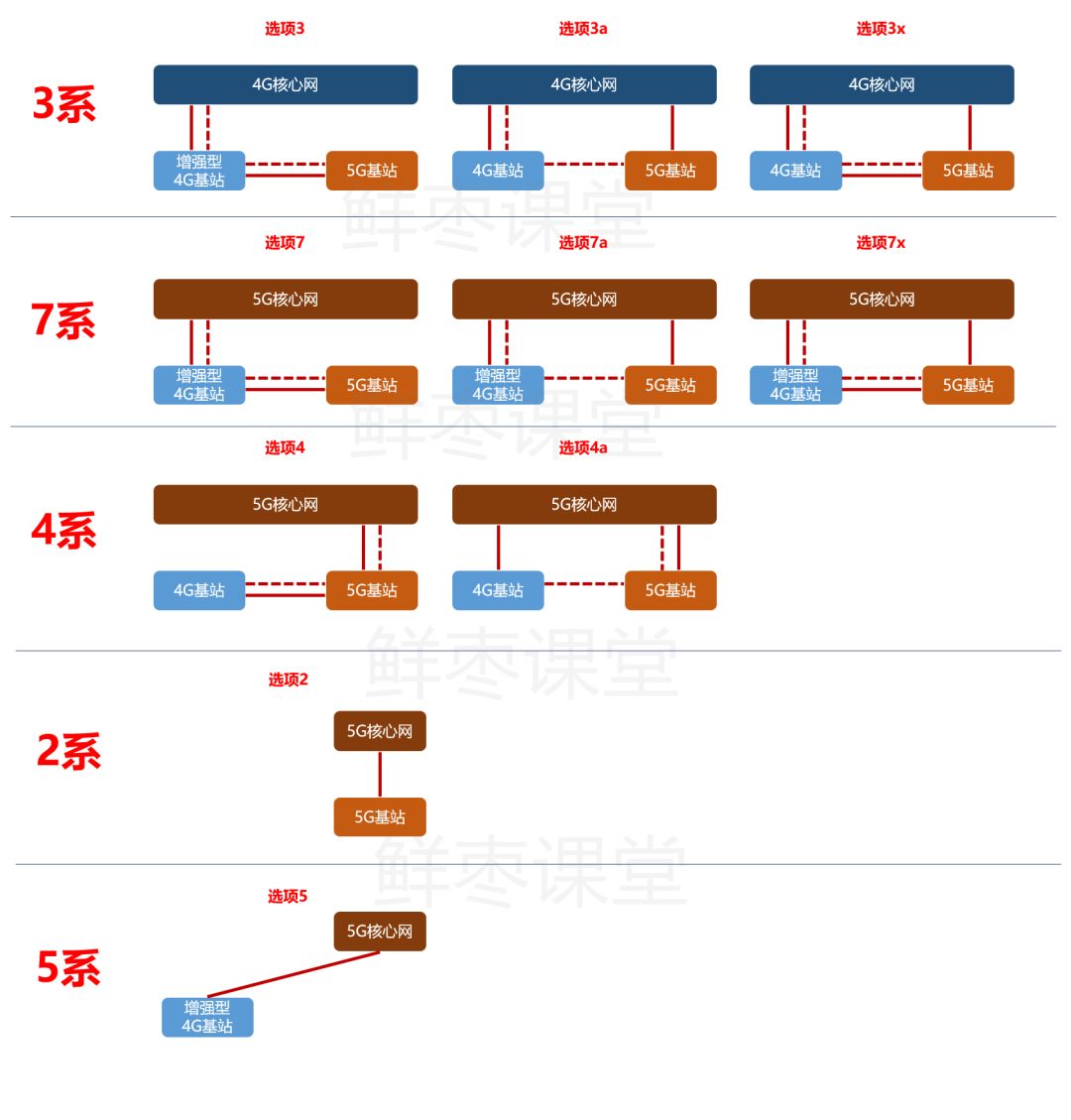
In fact, for Non-Standalone networking, as time progresses, it will ultimately evolve towards Standalone networking.
The speed of evolution depends on the growth of the 5G ecosystem. To put it bluntly, it’s still the old saying: if there are users, everything is great, and the evolution will be quick; if there are no users, then it’s #@¥%@&…
Finally, here comes the bonus question: everyone guess which method our country’s three major operators will adopt to implement 5G network construction?

This article is adapted from: Fresh Date Classroom
